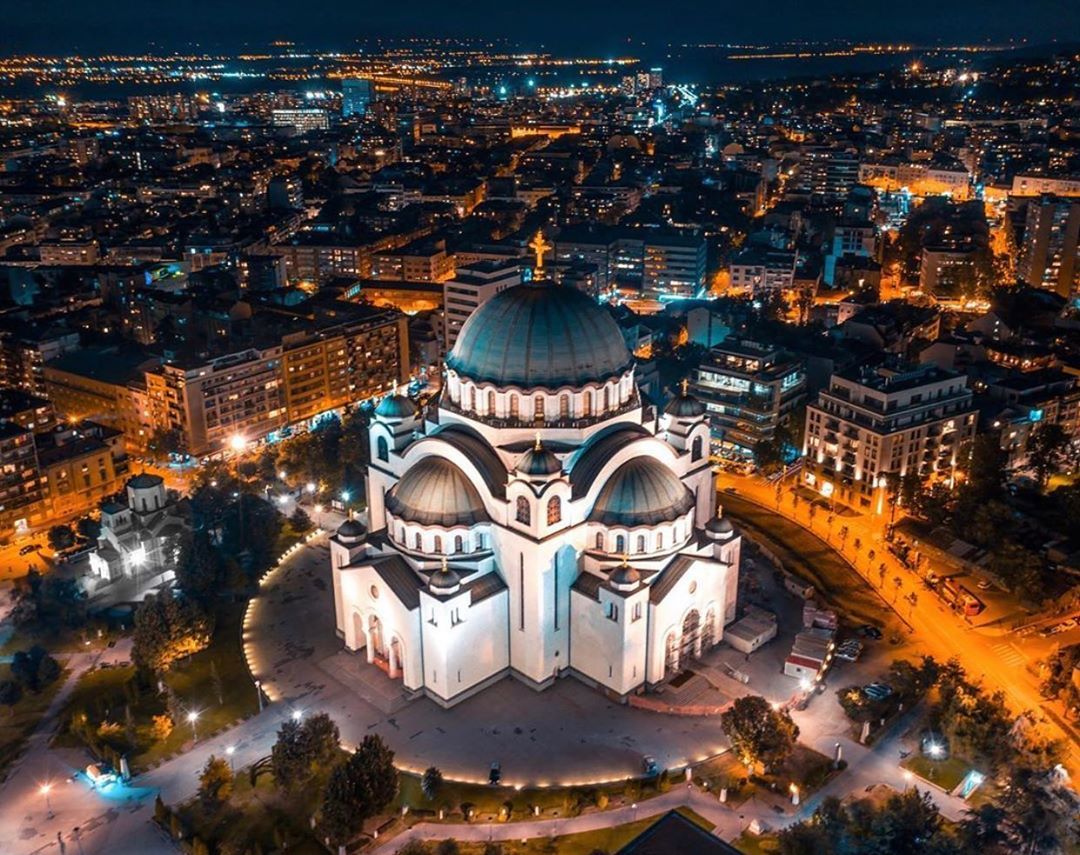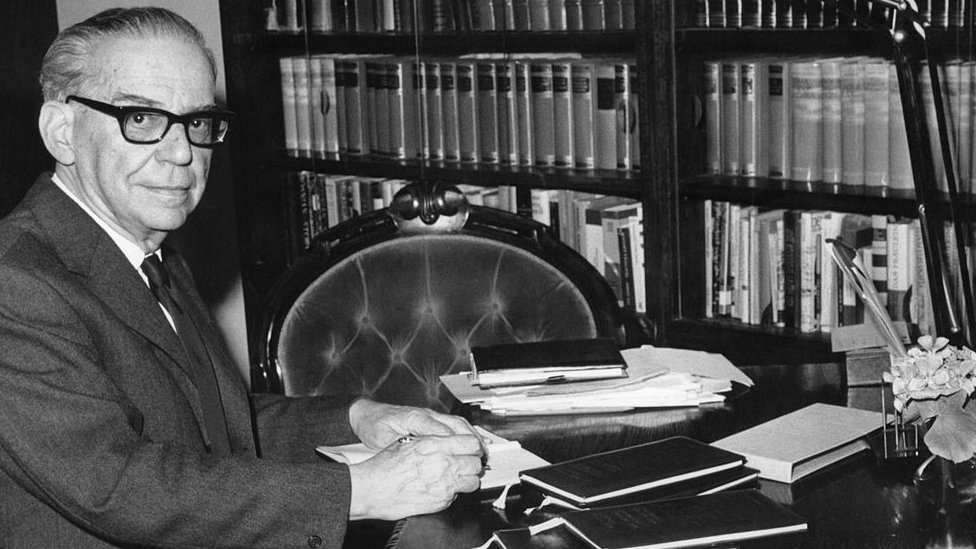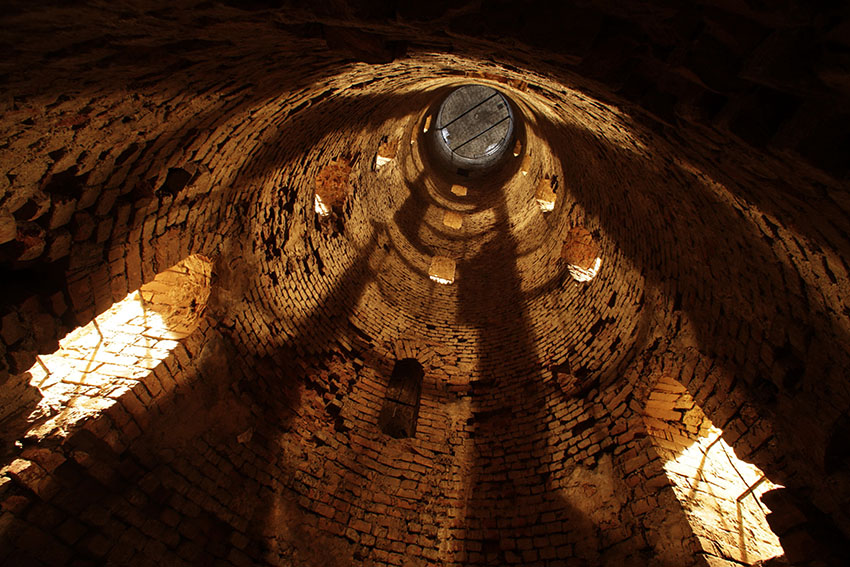There are countless intriguing realities about Belgrade, the capital of Serbia and probably the most established city of Europe. The Balkan gem that lies on the streams Sava and Dunav will beguile you with its cutting edge and old part. Regardless sort of individual you will be, you will discover something that will flabbergast you in Belgrade.
Here are some intriguing realities about Belgrade that could make you fall head over heels for the city.
A City with Rich History
Belgrade has a rich history. The main indications of life on the domain of the biggest city in Serbia are dating from 4,800 BC when the ancient town of Vinca began existing. The Celts were the ones who established Belgrade in the third century BC, after what turned into a Roman settlement called Singidunum.
The first Slovene name of the city, “Beligrad”, which signifies “white city”, was first utilized in 878, and the city turned into the capital of Serbia in 1405.
Belgrade Has One of the Biggest Churches
The Church of Saint Sava situated in Belgrade’s part called Vracar is the biggest church in Southeastern Europe. The development of the congregation started in 1935, 40 years after the first thought came up.
The sanctuary was planned by draftsmen Aleksandar Deroko and Branko Pesic in a Serbian-Byzantine style. The congregation has the type of a Greek Cross and it addresses perhaps the greatest sign of Belgrade. The arch, which is 44 meters high, has a mosaic that addresses the section of Jesus Christ. The mosaic, with the name of Hrist Pantokrator is colossal and gauges 40 tons.

The City Has Had 15 Different Names
One of the fascinating realities about Belgrade is that it changed its name multiple times throughout history.
The Celts called it Singidun, which the Romans later changed into Singidunum. Its Slovene name is Beograd, the old Croats called it Biograd na Dunavu, and its Latin name was Alba Graeca. The Latin name during the Bulgarian principle was Alba Bulgarica, and the Hungarians called it Fehérvár, Nandoralba, Nándorfehérvár, and Landorfehérvár.
Weißenburg and Griechisch-Weißenburg were the German names, Castelbianco was the Italian one, Velegrad was the Byzantine name, Dar Al-Jihad, which means place of war, was the Ottoman name, Belgrat was the Turkish one, and Prinz Eugen Stadt was the name that the Nazis gave the city.
The World’s Best Nightlife
Belgrade has in excess of 170 river clubs. Desolate Planet named Belgrade as the City with the Best Nightlife in the World. The city has in excess of 170 waterway clubs which are characteristic of the city’s nightlife. The name of the principal stream club was Vodenica.
Regardless sort of music you pay attention to, you will discover a stream club that will suit your taste.
A City Under the City
In 2005, the exposure found a major mystery – an underground conflict dugout that was worked in 1971 for the requirements of the Yugoslav National Army, called Karas. The dugout was intended to protect 70 of the greatest lawmakers and officials in the event of a conflict condition. It is put 150 meters under the ground and it’s competent to support an atomic assault.
Before this, the Turks utilized the space to protect their big guns, while Milos Obrenovic was utilizing it as where he would rest. The dugout likewise contains Tito and Jovanka Broz’s rooms – Tito had an earthy-colored room with a little office and a washroom, while Jovanka had a pink room with a restroom.
The fortification was most effectively utilized in 1999 during the NATO bombing when Slobodan Milosevic was remaining there.
The First Kafana in Europe
Znak Pitanja is the most established kafana in Belgrade that actually exists. As per a few history specialists, the first kafana (a conventional Balkan café where they serve a ton of liquor and customary food) was opened in Belgrade’s Dorcol in 1522. The spot served just dark espresso (coffee=kafa), so these sorts of cafés were named “kafana”.
The oldest kafana in Belgrade that still exists is “Znak Pitanja” (A Question Mark), which was opened by Naum Icko, as per the request for Prince Milos.
Belgrade Has Many Heroes
One of the most well-known Belgrade legends is Miladin Zaric, an instructor. During the activity of the freedom of Belgrade, on 22 October 1994, he saved the Sava span from being mined.
In 1987, the story was remembered for one of the scenes of an exceptionally renowned Yugoslav TV show called Otpisani (The Written Offs), which was committed to a gathering of individuals who battled for an opportunity in Belgrade during World War II.
… and a Nobel Prize Winner

Belgrade had the pleasure to be a piece of the existence of Ivo Andric, perhaps the best essayist of all occasions from the Balkan region. He had lived in various urban communities yet passed on at the Military Medical Academy in Belgrade. He is covered at the New Cemetery in the Aleja of Merit Citizens.
Every one of his works was magnum opuses and became works of art, including “Na Drini Cuprija”, “Travnicka Hronika”, “Prokleta Avlija”, and numerous other brief tales assortments and books.
In 1961 he won the Nobel Prize for Literature and he was the individual from the Yugoslav and Serbian foundations of expressions and sciences.
… and a Champion
Belgrade is the old neighborhood of one of the world’s best tennis players – Novak Djokovic. He was brought into the world in 1987 and began his expert profession in 2003. He’s held the No.1 place on the ATP list for a very long time, winning 69 titles, of which 13 were Grand Slams.
He’s a genuine symbol among the youngsters in Serbia and has figured out how to raise tennis on a more significant level, in Serbia, however in all the Balkan nations. He likewise does a ton of noble cause work through his establishment, for the most part zeroing in on youngsters from distraught networks.

